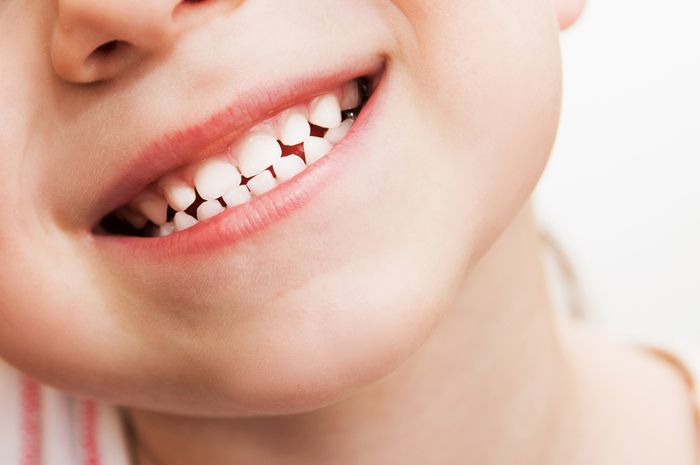Indonesia is the largest archipelagic country in the ring of fire, an area around the Pacific Ocean that is vulnerable to natural disasters such as volcanic eruptions, earthquakes, floods and tsunamis. The National Disaster Management Agency (BNPB) has announced that 179 disasters have occurred in the period 1-16 January 2020, and there are more than 1 million refugees and 71 dead casualties.
A fast and efficient method of identification is necessary in a mass disaster. “There are many parameters that we can observe in the field of forensic identification. It can be from gender, age, dental condition, DNA test, and of course, there are many other parameters, “explained Arofi Kurniawan, drg., Ph., D, lecturer of the Department of Forensic Odontology FKG UNAIR.
One that we will discuss here is the method of estimating age through human teeth. This method is essential to know by doctors and dentists working in the forensic world because it is one way to conduct the identification process by classifying someone according to their estimated age. Furthermore, age estimation is also needed in law enforcement, immigrant cases, sports competitions, and also marriage.
Teeth as one of the hardest and strongest tissues of the human body is known to have given advantages in the forensic field. Teeth can be used as a medium to estimate a person’s age. Several research has been carried out to estimate the biological age of humans through teeth, such as methods from Demirjian, Willems, Schour and Massler, Al Qahtani, and several other scientific methods.
From various methods available, until now there has not yet been found a method for estimating the age specific for Indonesian population. Seeing the reality in the field, Arofi Kurniawan, drg., Ph.D together with the research team of Forensic Odontology Department Faculty of Dental Medicine, Universitas Airlangga conducted an age estimation using the Willems method in children of Surabaya.
“Our research aims to analyze whether the Willems method can be used accurately to estimate the biological age of children in Indonesia, which is categorized as a Mongoloid race. Whereas in its original research, Willems used a caucasoid race population, “explained the lecturer of Forensic Odontology Department of Faculty of Dental Medicine (FKG) UNAIR.
The lecturer born in Ponorogo explained that the research conducted with his team used panoramic radiographs of 110 patients, 46 male and 64 female respondents aged 6-14 years, who met the criteria as the sample.
“The results of our research showed that the dental age estimation method found by Willems can be applied accurately to the population of boys in Surabaya in the range of 6-14 years and girls aged 6-10 years, because there are no statistically significant differences. However, the application of this method to girls aged 11-14 in Surabaya requires greater accuracy in using the Willems method, “he said. (*)
Author: Arofi Kurniawan
The Scopus article can be accessed through the following link,
https://ejfs.springeropen.com/articles/10.1186/s41935-020-0179-6





